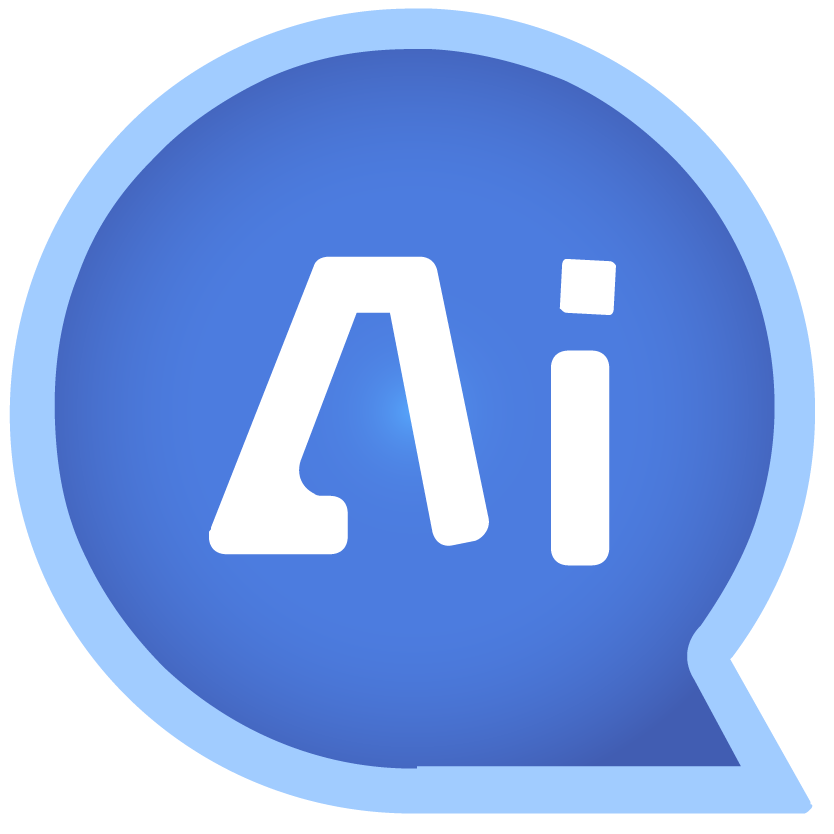In the field of materials processing, ceramic materials have been extremely widely used in electronics, aerospace, automotive, medical and many other industries due to their high hardness, high strength, high temperature and corrosion resistance, as well as good insulating properties. From ceramic substrates in electronic equipment to high-temperature-resistant parts of aircraft engines, ceramic materials are everywhere. However, the hard and brittle characteristics of ceramic materials, so that in the processing process faces many challenges, the traditional processing methods are often difficult to meet the needs of high-precision, high-quality cutting. GW Laser ten years of deep-rooted QCW quasi-continuous fiber laser technology, “ultra-fast modulation + precise energy control” as the core for ceramic cutting to bring a disruptive breakthrough. The subversive breakthrough for ceramics cutting.
The Dilemma of Traditional Ceramic Cutting Methods
Traditional ceramic cutting methods mainly include mechanical cutting and waterjet cutting. Mechanical cutting, such as the use of diamond cutting blades for cutting, although to a certain extent can realize the division of ceramics, but this method has obvious disadvantages. Due to the extremely high hardness of ceramics, the wear and tear of the cutting blade during the cutting process is extremely serious, which not only leads to frequent tool replacement and increased production costs, but also makes it difficult to guarantee the cutting accuracy, and the cutting edge is prone to chipping, cracking and other defects. For example, in the processing of electronic ceramic substrates, the precision of mechanical cutting is often unable to meet the requirements of high-precision circuit wiring, resulting in a lower yield rate of the product.
Waterjet cutting, on the other hand, utilizes high-pressure water flow to carry abrasives to cut ceramics. This method can reduce the thermal impact to a certain extent, but the high cost of equipment, operation requires the consumption of a large amount of water and abrasive, high maintenance costs. Moreover, the waterjet cutting speed is relatively slow, for complex patterns of cutting accuracy is also difficult to control. The limitations of waterjet cutting are especially prominent in application scenarios that require extremely high cutting accuracy and surface quality, such as ceramic parts processing in the aerospace field.
QCW Quasi-Continuous Fiber Laser Technology Principles and Advantages
GW Laser's QCW Quasi-Continuous Fiber Laser achieves precise modulation of the laser output through the advanced “Ultra-Fast Modulation + Precise Energy Control” technology. The high beam quality enables the infrared QCW laser to effectively couple with the material, resulting in high-speed, high-quality cutting. When cutting ceramics, it is able to output a laser beam with high energy density and focus it precisely on the surface of the ceramic material. Unlike conventional lasers, QCW lasers have the flexibility to switch between pulsed and continuous (CW) modes of operation, a unique mode of operation that provides a number of outstanding advantages.
Superior Cutting Accuracy
QCW lasers have the excellent beam quality of fiber lasers, with a low divergence angle, enabling precise and fine welding and cutting, narrow and uniform cutting gaps, and smooth and flat cutting edges. The laser can meet the stringent requirements of high-end electronic products for high-precision cutting of ceramic substrates. Whether it's cutting fine lines or processing complex circuit patterns, QCW lasers can accurately render them, ensuring high-precision mounting and reliable connection of electronic components on ceramic substrates.
Efficient cutting speed
The high energy density of the laser beam quickly vaporizes the material in the irradiated part of the ceramic, enabling fast cutting. Compared to conventional cutting methods, QCW lasers offer a quantum leap in cutting speed. For example, when cutting alumina ceramics with a thickness of 1mm, the cutting speed can reach 1-1.2m/min, greatly reducing processing time, significantly improving production efficiency and creating higher economic benefits for enterprises.
Extremely small heat-affected zone
QCW laser modes are flexible and can be set to pulsed mode or continuous mode, which can be better adapted to different processing needs. In pulsed mode, it is also possible to minimize the thermal impact on the part while performing the cut. The thermal impact on ceramic plates is negligible. This means that ceramic plates are virtually immune to deformation and discoloration due to heat, and their original physical and chemical properties are maintained to the greatest extent possible. This advantage is particularly important in the processing of medical ceramic instruments, which ensures that the precision and performance of ceramic instruments are not affected by heat and meets the stringent product quality requirements of the medical industry.
Significant Cost Advantages
In terms of operating costs, GW Laser's QCW quasi-continuous fiber lasers do not require frequent tool changes and do not consume large amounts of water and abrasive materials, as is the case with waterjet cutting. The laser's high electro-optical conversion efficiency, low energy consumption, and simple post-maintenance reduce equipment downtime and maintenance costs, thus effectively lowering the overall operating costs of the enterprise.
With the continuous progress of science and technology and the continuous growth of the demand for ceramic materials in various industries, ceramic cutting technology will face higher requirements and challenges. GW Laser will continue to uphold the spirit of innovation, and increase investment in the research and development of QCW technology, and continue to improve the technical performance and application level.
 0
0
